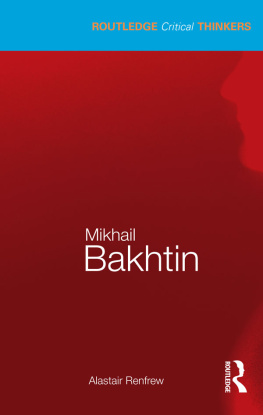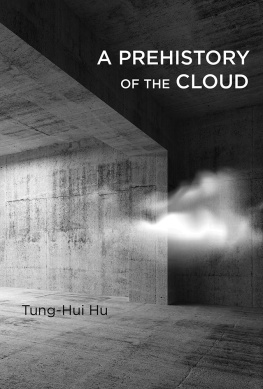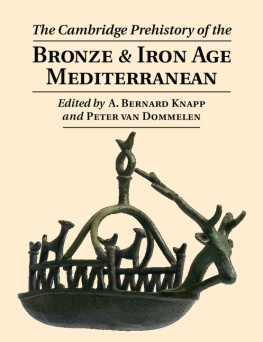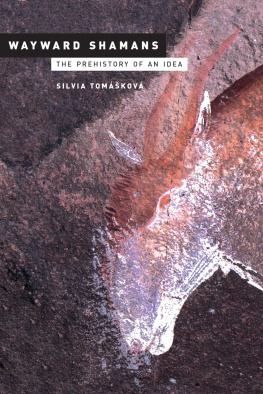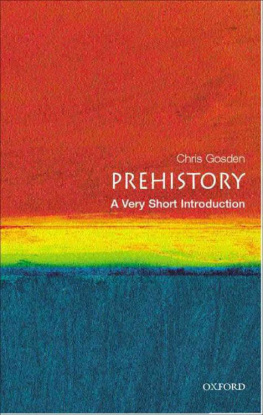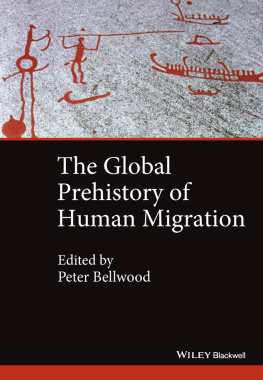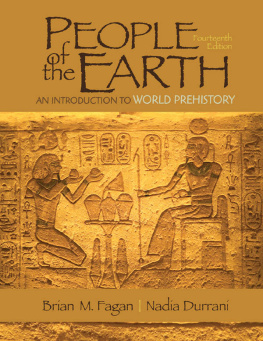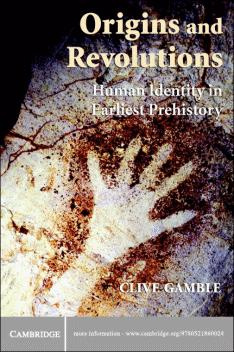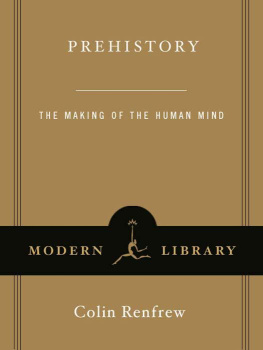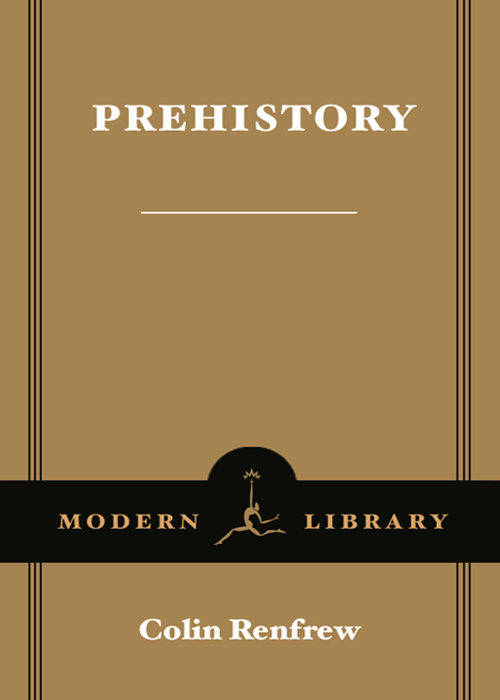
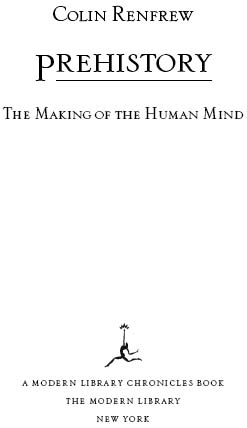
CONTENTS
MODERN LIBRARY CHRONICLES
Currently Available
KAREN ARMSTRONG on Islam
DAVID BERLINSKI on mathematics
RICHARD BESSEL on Nazi Germany
IAN BURUMA on modern Japan
PATRICK COLLINSON on the Reformation
FELIPE FERNNDEZ-ARMESTO on the Americas
LAWRENCE M. FRIEDMAN on law in America
PAUL FUSSELL on World War II in Europe
F. GONZLEZ-CRUSSI on the history of medicine
PETER GREEN on the Hellenistic Age
ALISTAIR HORNE on the age of Napoleon
PAUL JOHNSON on the Renaissance
FRANK KERMODE on the age of Shakespeare
JOEL KOTKIN on the city
HANS KNG on the Catholic Church
MARK KURLANSKY on nonviolence
EDWARD J. LARSON on the theory of evolution
MARTIN MARTY on the history of Christianity
MARK MAZOWER on the Balkans
JOHN MICKLETHWAIT AND ADRIAN WOOLDRIDGE on the company
ANTHONY PAGDEN on peoples and empires
RICHARD PIPES on Communism
KEVIN STARR on California
MICHAEL STRMER on the German Empire
GEORGE VECSEY on baseball
MILTON VIORST on the Middle East
A. N. WILSON on London
ROBERT S. WISTRICH on the Holocaust
GORDON S. WOOD on the American Revolution
Forthcoming
ALAN BRINKLEY on the Great Depression
BRUCE CUMINGS on the Korean War
JAMES DAVIDSON on the Golden Age of Athens
SEAMUS DEANE on the Irish
JEFFREY E. GARTEN on globalization
MARTIN GILBERT on the Long War, 19141945
JASON GOODWIN on the Ottoman Empire
JAN T. GROSS on the fall of Communism
RIK KIRKLAND on capitalism
BERNARD LEWIS on the Holy Land
FREDERICK LOGEVALL on the Vietnam War
PANKAJ MISHRA on the rise of modern India
ORVILLE SCHELL on modern China
CHRISTINE STANSELL on feminism
ALEXANDER STILLE on fascist Italy
CATHARINE R. STIMPSON on the university
INTRODUCTION
Prehistory is the story of human becoming. Five million years ago there were no humans on the earth, nor among the then-existing apes and monkeys were there any that we could recognize as closely resembling humans in appearance or in behavior. Today we see humankind in all its diversityfrom the hunter-gatherers of the polar ice or the arid lands of Africa to city dwellers of every nation in the world. We see the massive technological achievementsarchitecture, technology, literacy, traveland the products of human culturelanguage, literature, music, the visual arts. How did these things come about? What happened to bring about these transformations? How did we come to be where we are now? What is it that we have become?
These are the questions that we address in studying prehistory. Prehistory refers to that span of human existence before the availability of those written records with which recorded history begins. But literacy has been available in some parts of the world for little more than two centuries. So from a broad perspective the scope of prehistory covers most of human existence. Moreover, since the earliest written records in the world go back to no earlier than about 3500 B.C.E., most of the subject matter of prehistory can be approached only through the preliterate material record of the past as revealed to us through archaeology. For it is archaeology, the study of the human past on the basis of the material remains, that allows us to begin to approach those vast expanses of time, the millennia of early human existence, and to say something meaningful about them.
Prehistory, then, refers to the lives of our first hunter-gatherer ancestors, and then to those early times when humans, through the development of agriculture, were able to turn away from a life of hunting and gathering and were able to live in villages and then in towns. Prehistory encompasses the formation of the first more centralized human societies, when men and sometimes women became powerful; the emergence of the first civilizations in Western Asia, in Africa, in China, in Mesoamerica; the rise and fall of the first empires from the Aztecs of Mexico to the Incas of Peru. The term encompasses also those smaller communities in different parts of the world that continued as hunters, or developed as pastoralists tending their flocks.
Prehistory thus designates a vast span of time. But the word has a second sense. It refers also to the discipline through which we study prehistoric times. Prehistory, or prehistoric archaeology, is a field of study involving an extensive battery of techniques used to study the material remains that document the human past. The distinction is important, because the study of prehistory turns out to be a difficult task. Gathering the data is hard enough, involving painstaking archaeological excavations in different and often remote parts of the world. But the task of interpretation is even more difficult. For prehistory is the science of us. It is the discipline by which we study ourselves and investigate the way we have come to be as we are. The prehistorian keeps on having to reevaluate what might seem to be the easiest proposition in the world: Who are we? Or, rather, What are we? What does it mean to be human? What at first might seem obvious becomes, on examination, a more difficult question.
As we shall see, when we try to explain the various changes that have taken place in the human condition, over the tens and hundreds of millennia of human existence, the explanations do not come easily. They require insights not only into the deep human past but into the nature of human existence now. The voyage of discovery that takes us back into the remote periods of human development soon brings us back to the realities of human existence today. For that reason the study of prehistory is a challenging undertaking. And our perception of prehistoric times, of the millennia of human development, is always changing. It is as if we are looking at the past through a mirror. It is a mirror that we ourselves have made, and one on which we are continuing to work. The image of the past that we see is one that we ourselves have constructed. It is one that is continually changing.
The metaphor of the mirror is a valid one, I think. For it is only over the past two centuries that the notion of prehistory has existed at all. It was over those two centuries that the rise of archaeology revealed that there did indeed exist a remote human past. Until the middle of the nineteenth century, prehistory had been undreamt of. The word itself did not exist.
At that time the human past presented an intellectual challenge, and one that was difficult to tackle. The eighteenth-century sage Samuel Johnson remarked: All that is really known of the ancient state of Britain is contained in a few pages. We can know no more than what old writers have told us. At that time there existed no vision of a discipline that could yield systematic knowledge of the human past. It was natural, then, for Dr. Johnson to indicate that written sources for Britain before the Romans were very thin indeed. As we shall see in the next chapter, the discipline of studying prehistory became possible only when a number of related ideas came together. That process continues today as new methods of study, such as archaeogenetics, become available. Indeed it was not until the availability of science-based dating techniques some fifty years ago that a secure chronology could be established for the development of human culture.
Next page


